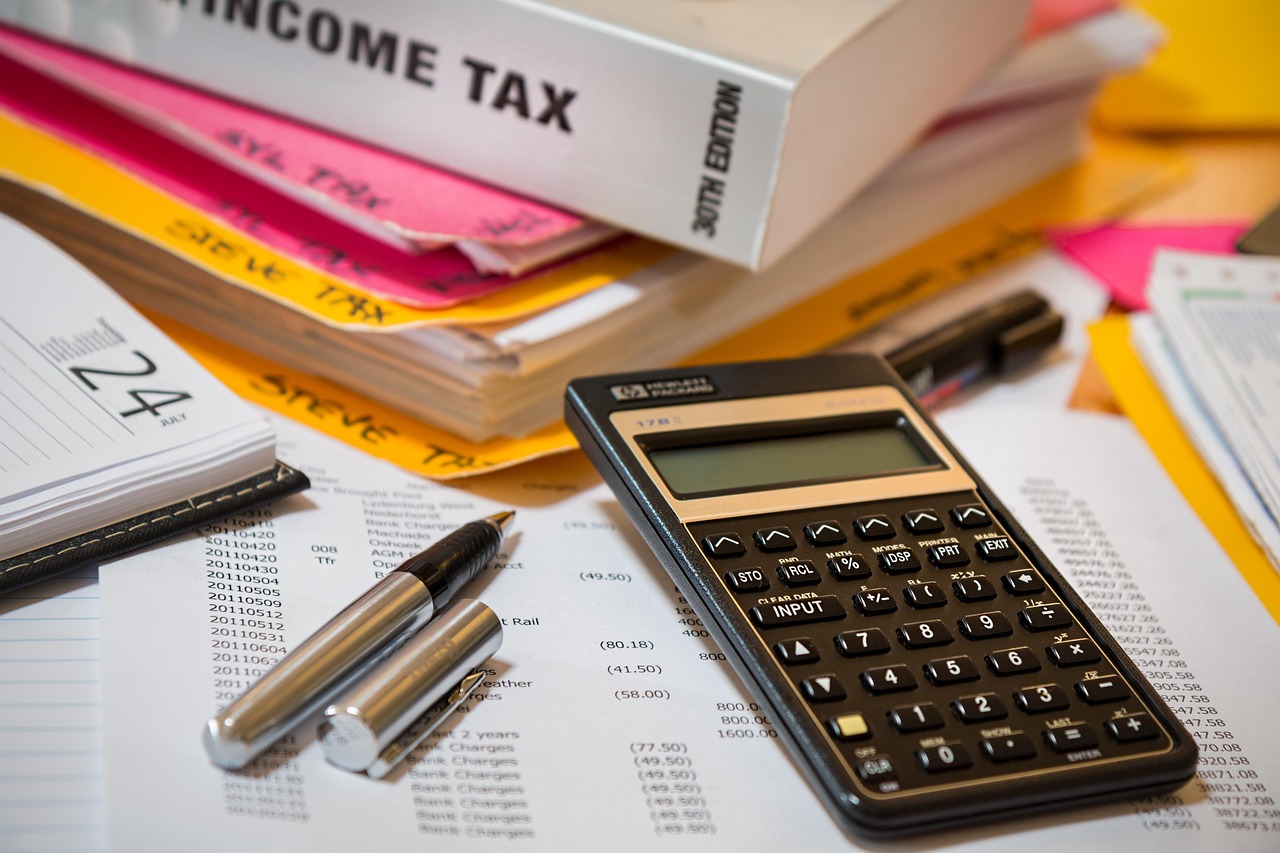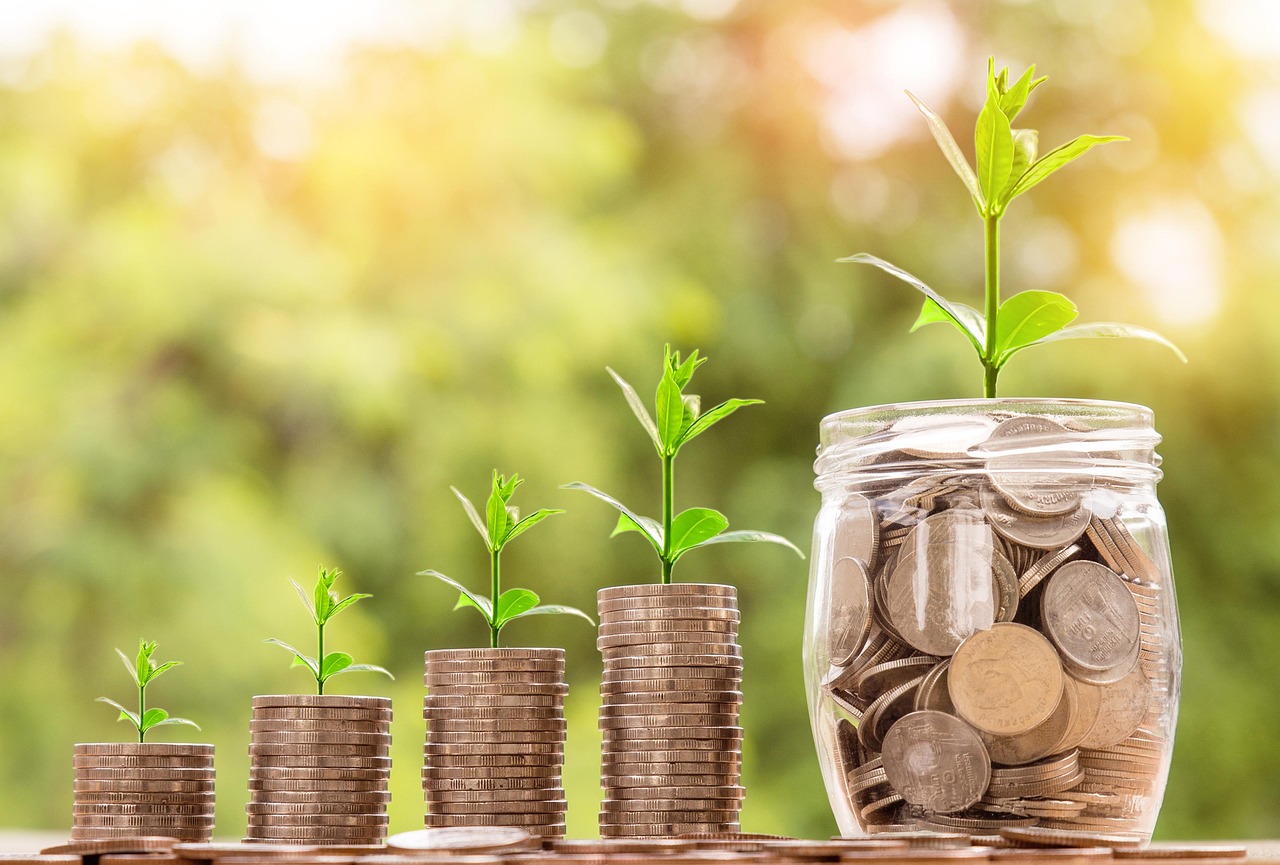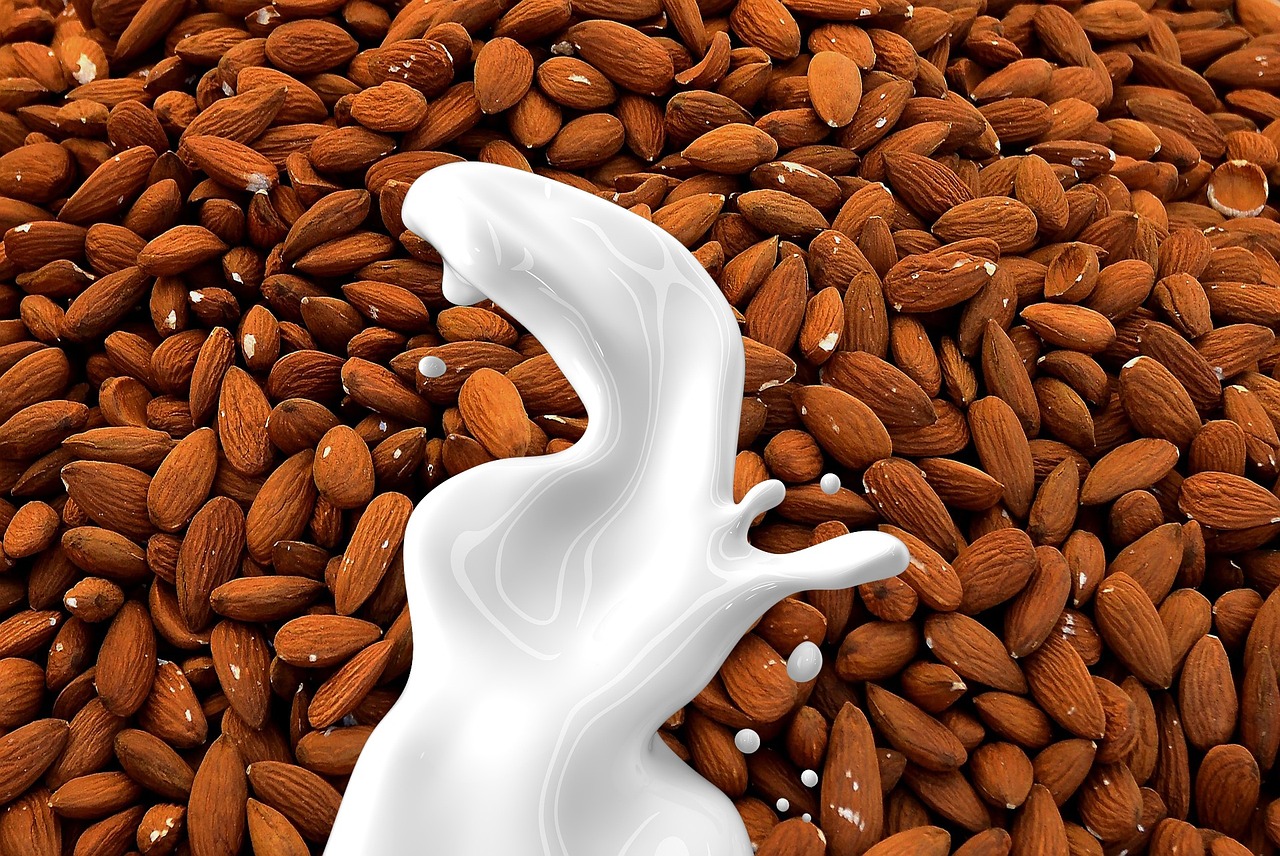Apps Calculate Price-Per-Use to Justify Savings

In an era where financial prudence is increasingly prioritized, the advent of technology-driven solutions to assist consumers in making informed purchasing decisions is a welcome development. Among these innovations, apps that calculate the price-per-use of products are gaining traction. These tools provide consumers with a clearer understanding of the long-term value of their purchases, shifting the focus from upfront costs to cost-effectiveness over time.
The concept of price-per-use is not new; however, its application through mobile and web applications has become more accessible and refined. These apps empower consumers by offering a detailed analysis of the cost-benefit ratio of various products and services, factoring in durability, frequency of use, and the lifecycle of items. This approach is particularly beneficial in sectors such as fashion, technology, and household goods, where the discrepancy between price and longevity can be significant.
Globally, the trend towards sustainable consumption patterns has also fueled interest in price-per-use calculations. Consumers are becoming more environmentally conscious, seeking products that not only offer economic savings but also minimize environmental impact. By encouraging longer use cycles and reducing waste, these apps align with broader sustainability goals.
Several apps in the market are designed to assist with price-per-use calculations. These tools typically require users to input the purchase price, estimated lifespan, and frequency of use. The app then calculates the cost per use, providing a straightforward metric to compare against other products. Such apps often feature additional functionalities, such as:
- Comparison Features: Allowing users to compare similar products to determine the best value for money.
- Historical Data: Storing past calculations to help track savings over time and inform future purchasing decisions.
- Customizable Inputs: Enabling users to adjust variables such as usage frequency and lifespan based on personal habits and experiences.
From a global perspective, the use of price-per-use apps is particularly prevalent in regions with high consumer tech adoption rates, such as North America, Europe, and parts of Asia. In these areas, consumers are more likely to engage with digital tools to enhance their purchasing strategies. Moreover, the apps have found a niche among younger demographics, who are often more tech-savvy and open to integrating digital solutions into their daily lives.
While the benefits of these apps are clear, there are challenges that developers and users must navigate. Accuracy in calculations depends heavily on the quality of input data. Estimating product lifespan and frequency of use can be subjective and may vary greatly among users. Furthermore, while these apps provide valuable insights, they should complement rather than replace comprehensive financial planning and budgeting strategies.
In conclusion, apps that calculate price-per-use are becoming valuable tools in the consumer’s decision-making arsenal, offering insights that promote economic and environmental savings. As technology continues to evolve, the accuracy and functionality of these applications are expected to improve, further embedding them into consumer habits. By focusing on value over time, rather than immediate cost, consumers are better equipped to make purchases that align with both their financial goals and sustainable living practices.











